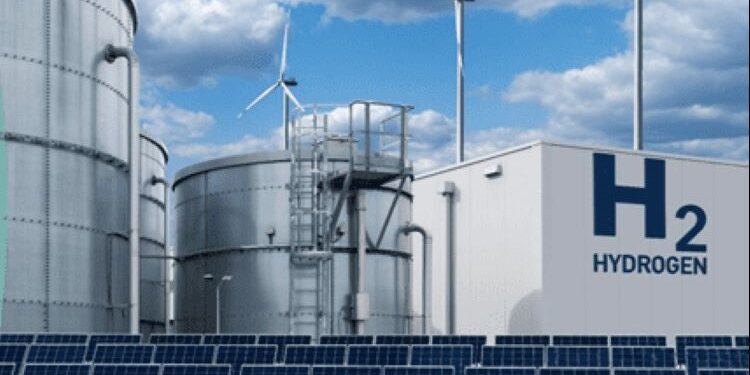Julio García
The European Commission has approved, in accordance with EU state aid rules, a €400 million Spanish state aid program to support renewable hydrogen production.
According to the Commission’s announcement Tuesday, the plan will contribute to the Clean Industrial Pact objectives of accelerating the decarbonization of EU industry while strengthening its competitiveness. In this regard, it recalls the REPowerEU Plan to reduce dependence on Russian fossil fuels and accelerate the green transition, as well as the EU Hydrogen Strategy.
Spain notified the Commission of its intention to introduce a scheme to support renewable hydrogen production through the Auctions-as-a-Service tool within the European Hydrogen Bank.
The approved scheme will support the construction of up to 345 megawatts of installed electrolyzer capacity and the production of up to 221,000 tons of renewable hydrogen in Spain. This is estimated to result in the avoidance of up to one million tons of CO2 equivalent.
It will also help Spain achieve its national goal of installing 12 gigawatts of electrolyzer capacity by 2030, as well as the targets for the share of renewable fuels of non-biological origin (RFNBO) consumed in transport and industry set out in the Renewable Energy Directive.
The grants will be awarded through a tender process that concluded in the first quarter of 2025. The tender process will be overseen by the European Climate, Infrastructure and Environment Executive Agency (CINEA), which will receive, evaluate, and rank bids for projects in all Member States. The support provided by these programs will be open to companies planning to build new electrolyzers in Spain.
Under the program, the grant will consist of a direct subsidy per kilogram of renewable hydrogen produced. The grant will be awarded for a maximum of ten years. Beneficiaries must demonstrate compliance with EU criteria for the production of renewable fuels from non-biological sources (RFNBO). This includes contributing to the deployment or financing of the additional renewable electricity needed to produce the hydrogen funded by the program.







